Join us to learn about Salesforce Consent Management.
Consent Management for the Salesforce
Respect your customers’ wishes when they request only specific forms of contact from your company or opt-out of certain types of data-sharing. We provide details to help you determine the best way to comply with the data protection and privacy regulations that apply to your company.
Why Salesforce Manage Consent?
Why we need Consent Management?
- Emerging regulatory landscape
- GDPR
- CCPA
- LGPD
- PDPB
- Give individuals control over their data
- Establish legal basis for processing
Consent & Preference Management
Salesforce Consent management and preference management serve different purposes
| Consent Management | Preference Management |
| Who provided consent | Choose frequency |
| Why they did | Select interests |
| Which channel | Alternatives to unsubscribing |
| What they consented to |
Salesforce Consent Management
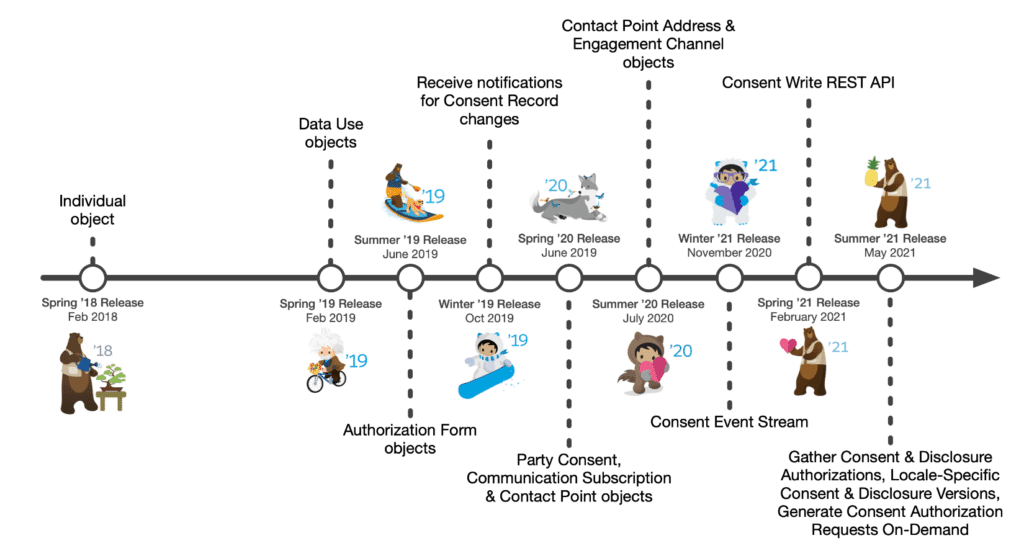
Consent Management Objects
- Records don’t count towards storage
- Privacy by design
- Proactive data model
- Privacy is integral to the data model
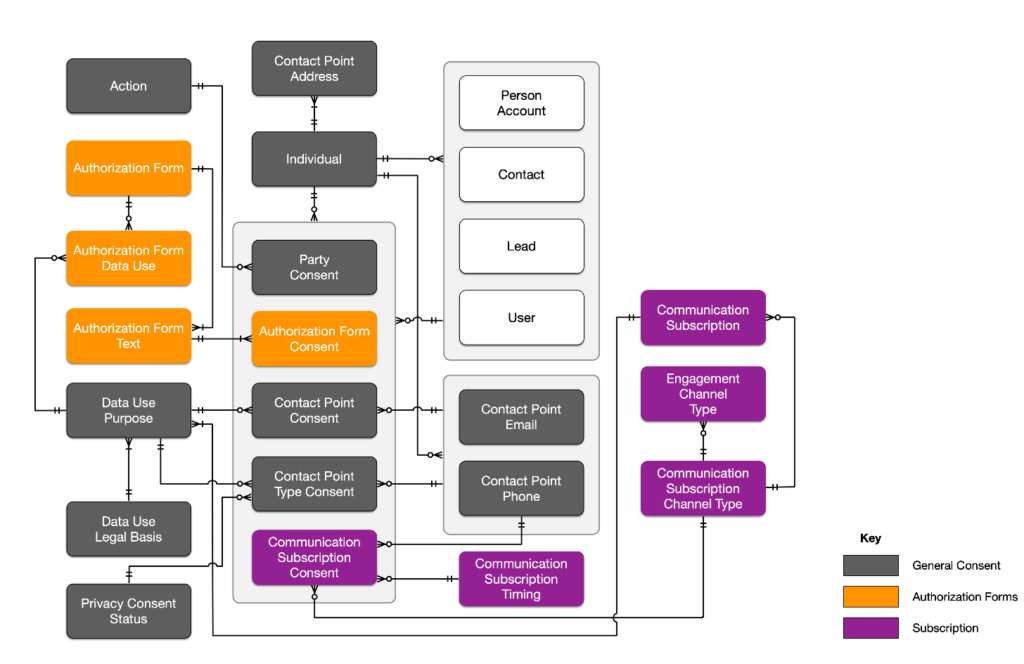
Levels of Consent
- Who provided consent
- Which channels they can be contacted
- Which channel address
- What type of content they consented to
1. Consent
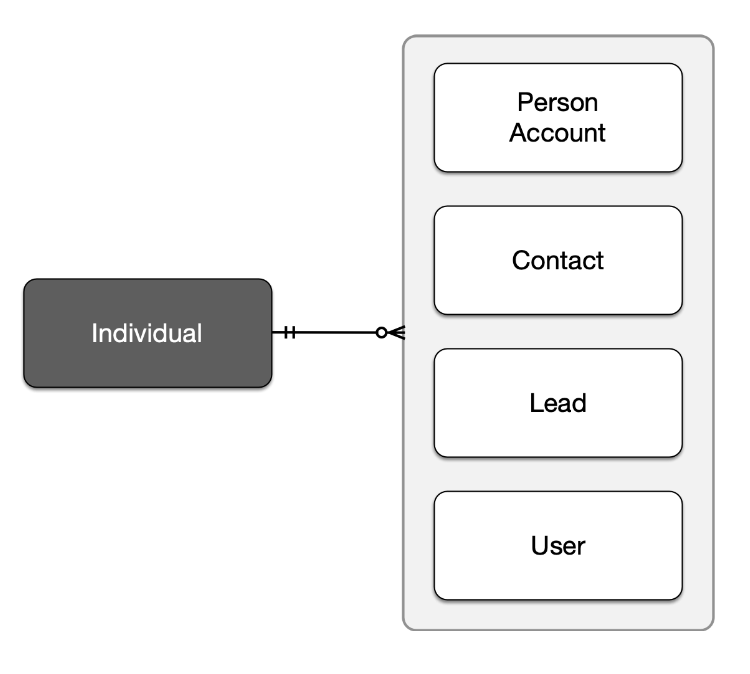
- Who provided consent
- What they have consented to
- Capture privacy don’ts:
- Don’t process
- Don’t solicit
- Don’t profile
- Don’t track
2. Consent
- Which channels used to contact
- Named channels (e.g. phone, email)
- Opt-in status by channel
- Time and timezone for contact
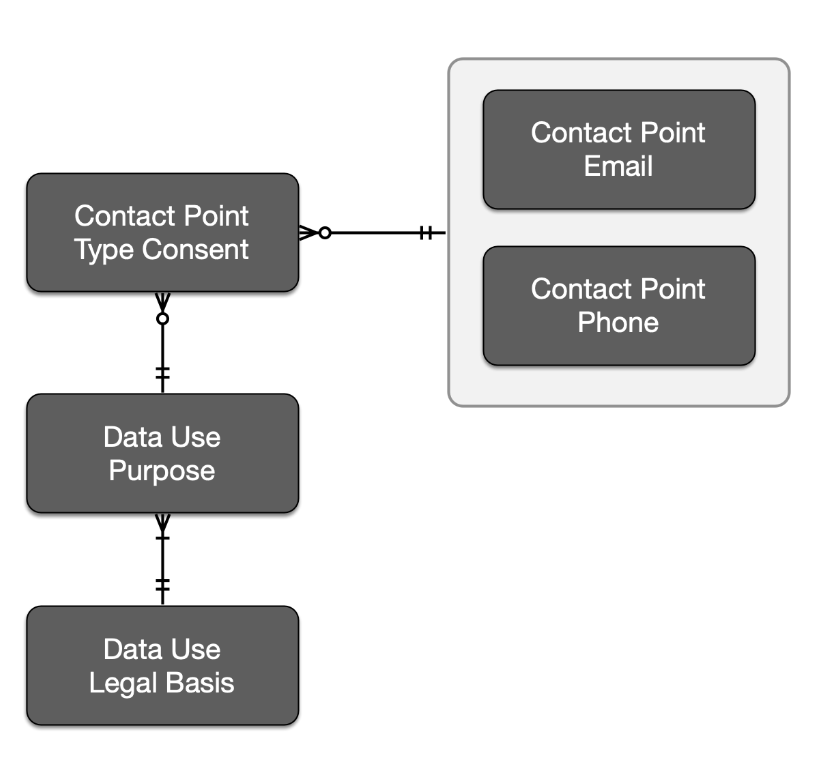
3. Consent
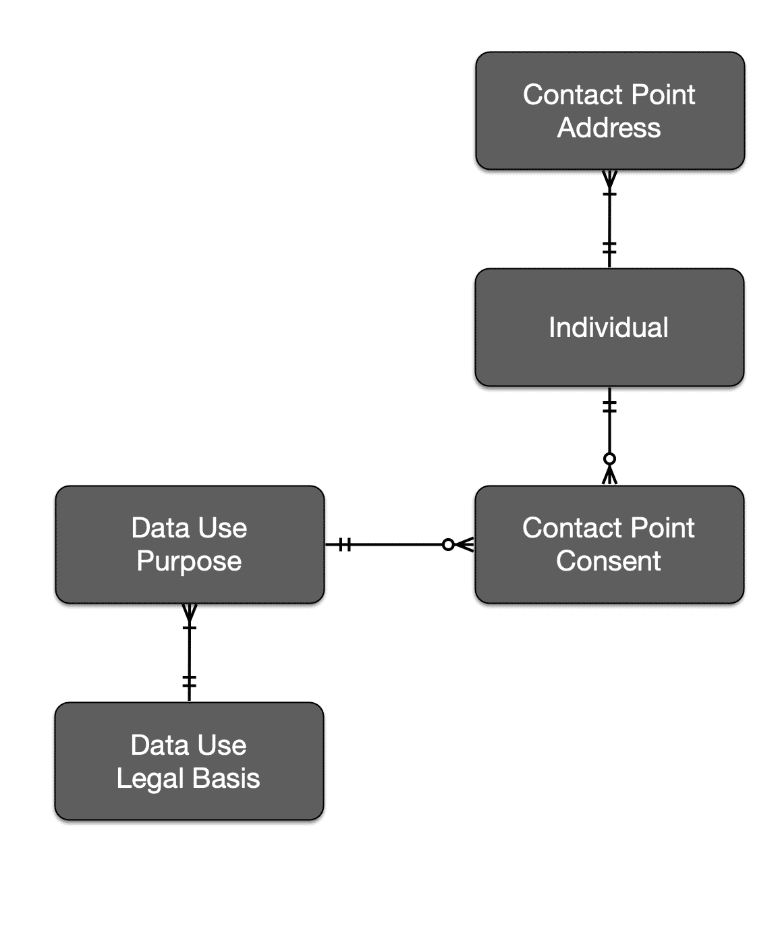
- Specific addresses to contact
- Supports multiple addresses
4. Consent
- Type of content for consent
- Channel used for consent
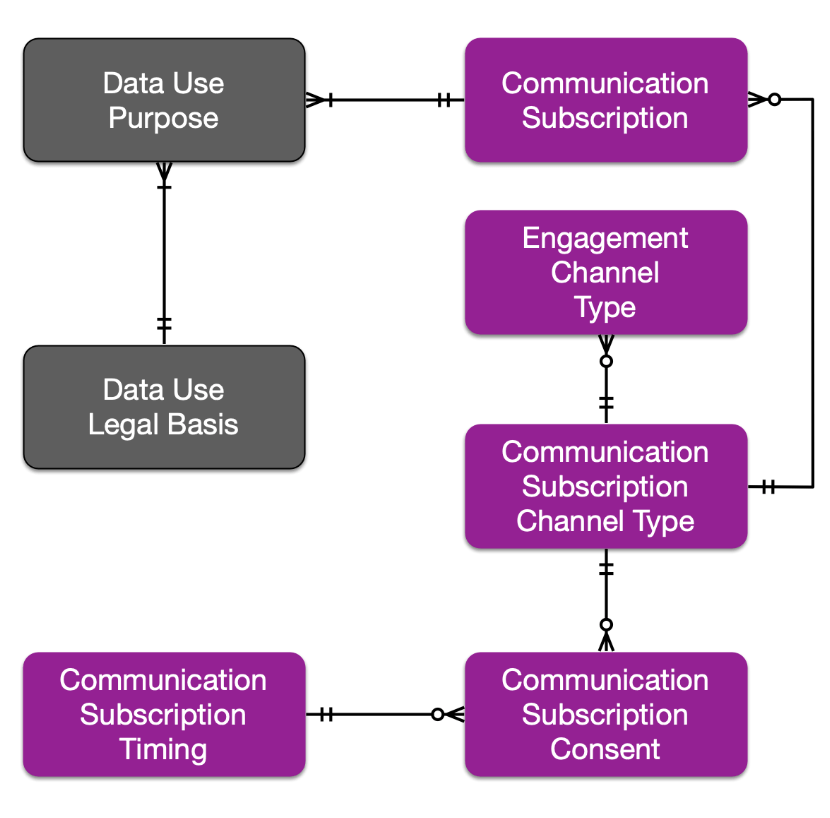
Salesforce Consent Read API
- Retrieves consent settings
- Returns aggregated consent data
- Aggregate and resolve consent data for an individual
- Digital marketing platforms can determine an individual’s consent
Consent Write API
- Update or write consent for records that have a
- lookup relationship or share an email address
- Customer 360 Audiences Integration

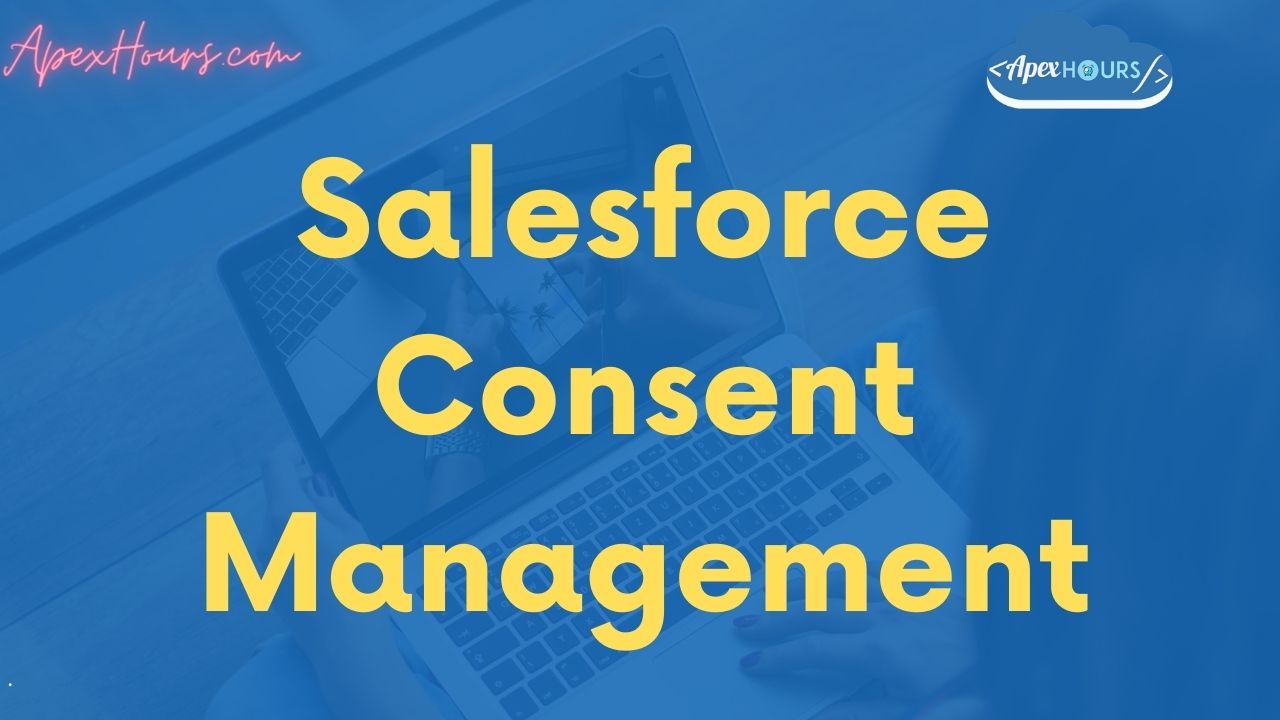

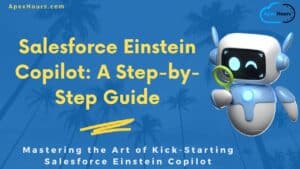


Hello,
I was listening to your recording and reading the blog here and noticed something strange.
You mentioned that on the 2nd consent level there is an entity relationship from contact point type consent towards the contact points. However, looking at the documentation this does not seem to be true. See: https://developer.salesforce.com/docs/atlas.en-us.api.meta/api/sforce_api_erd_consent.htm